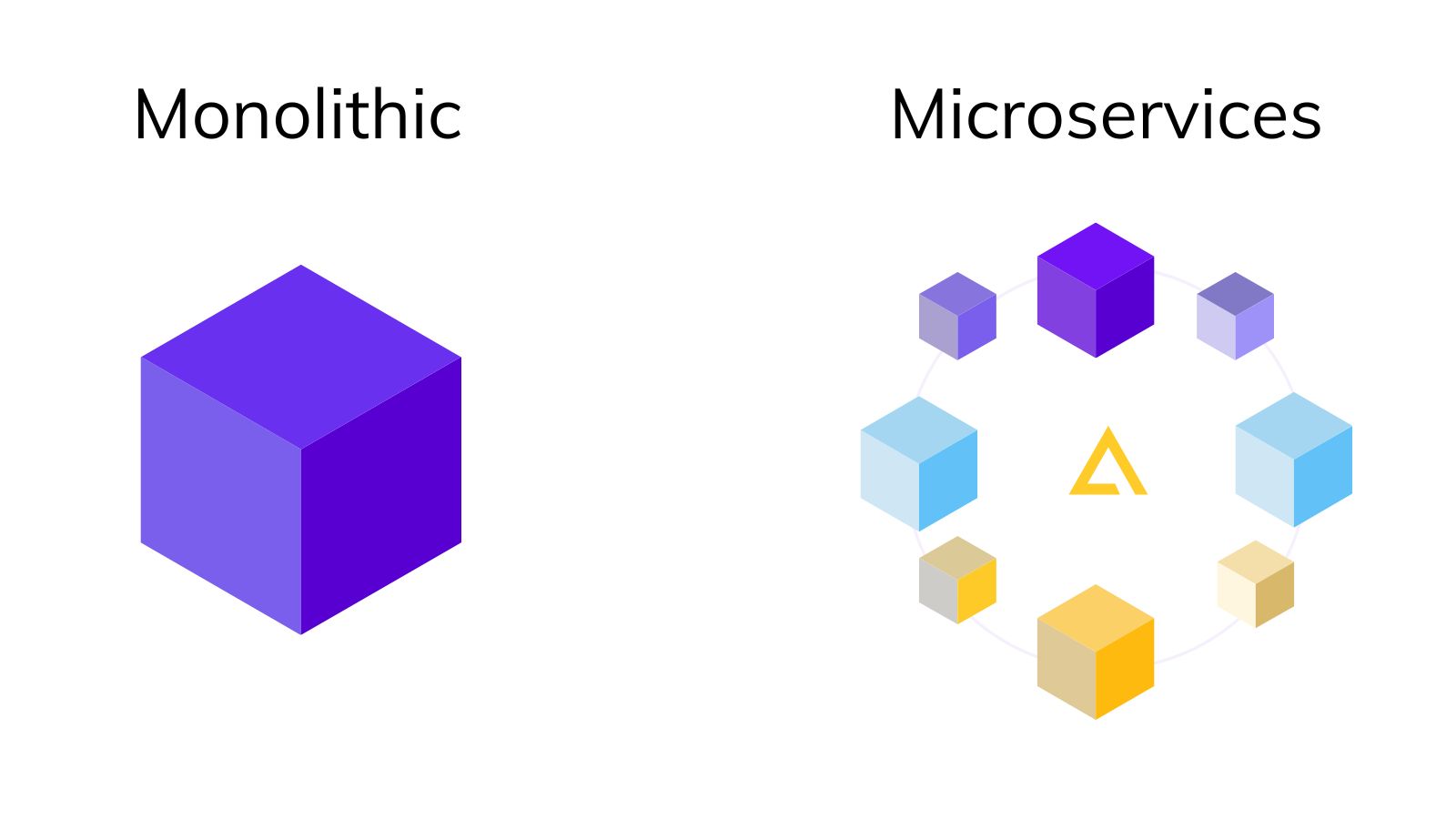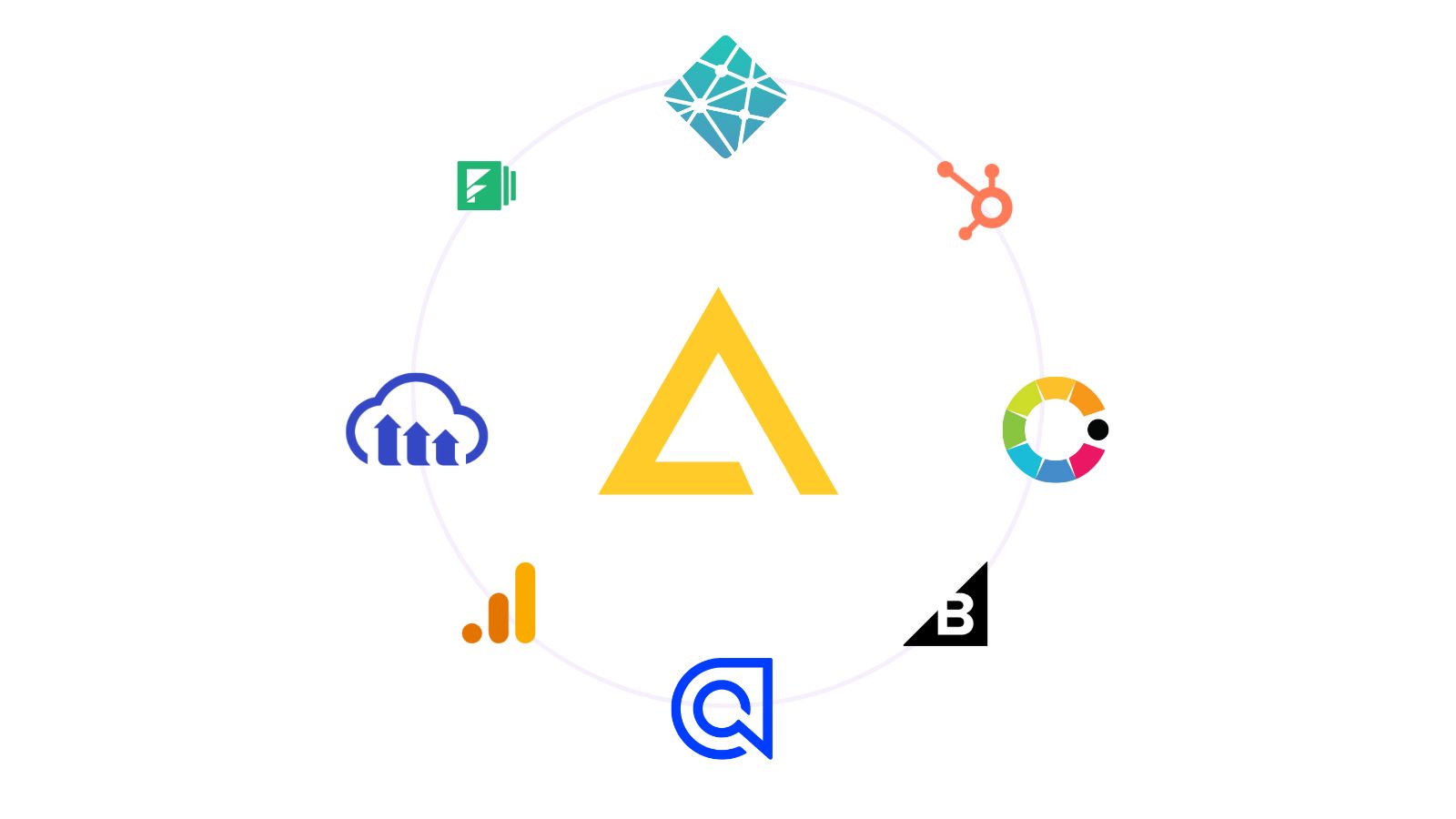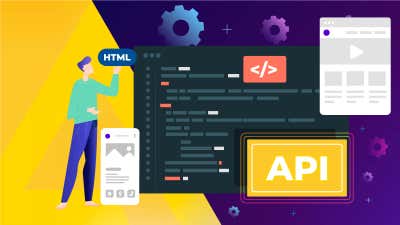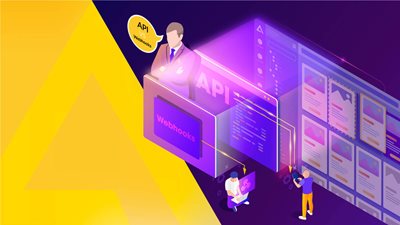How APIs Enable Composable Architecture


If you’ve been in the headless or composable world, you probably know that Application Programming Interfaces (APIs) are the lifeblood of everything a content platform does.
They have become essential to modern software development as developers can utilize them to efficiently build complex systems by creating smaller, independent components or microservices. The result: scalable, flexible systems that adapt to changing business needs.
In this blog post, we’ll explore how APIs and microservices enable the creation of composable architecture and discuss the benefits and challenges of this approach.
We’ll also look at examples of composable architecture in action, including the use of third-party APIs and the role of an API gateway in exposing a system's functionality to external parties.
What is composable architecture?
Composable architecture refers to a design approach where a system is built from smaller, independent components that can be easily combined and recomposed to create new functionality.
This is in contrast to traditional monolithic architectures, where a single, large codebase contains all the functionality for a system.

Composable architecture allows for greater flexibility and modularity, as components can be swapped in and out as needed and can be developed and deployed independently.
The role of microservices in a composable system
Microservices are designed to be modular and independent so that they can be developed and deployed independently of other parts of the system. This makes it easy to modify or replace individual microservices as needed without requiring changes to the other parts of the system.
Microservices are often used in a composable architecture, where a system is broken down into a set of small, autonomous services that communicate with one another through APIs. This allows developers to build complex systems by composing smaller, independent building blocks.
Overall, microservices are useful for building flexible, scalable systems that can adapt to changing business needs.
Composability and content platforms
Let’s take a closer look at how composable architecture plays out in a content platform like Agility.
Monolithic architecture hosts a single codebase that contains all the logic for managing customer data and the user interface for interacting with the data; the system ultimately gets bogged down in functionalities.
In a microservices architecture, on the other hand, that single codebase is broken down into separate services for managing customer data, managing user accounts, and managing communication with customers.
For example, a developer building a new mobile app might use an API provided by a mapping service to add map functionality to the app rather than building the mapping functionality from scratch.
This allows the developer to focus on the app's core functionality while leveraging the expertise of the mapping service to provide the necessary map functionality.
In both examples, APIs enable the composition of smaller, independent components into a web of interconnected services.
By providing a standard way for these components to communicate and interact with one another, APIs make it possible to build complex systems from smaller building blocks rather than starting from scratch.

How do APIs and microservices enable composable architecture?
API gateways are servers that act as the central entry point for all API requests. Its main purpose is to route API requests to the appropriate service and to handle tasks such as authentication, rate limiting, and caching.
In a microservices architecture, an API gateway serves as the "front door" for the system, handling incoming requests and routing them to the appropriate service. This allows the services to focus on their core functionality rather than worrying about handling incoming requests directly.
An API gateway can also expose a set of APIs for a system to external parties. For example, a company might use an API gateway to expose a set of APIs for a content platform, allowing external developers to build independent integrations.
It also helps abstract the underlying service infrastructure, allowing developers to focus on building the core functionality of their components rather than worrying about how the components will fit into the larger system.
Overall, we can say that APIs:
- Play a critical role in enabling composable architecture by providing a standard way for components to communicate and interact with one another.
- Plug into a larger system without deep integration or knowledge of the inner workings of the other components.
- Let developers focus on building their component's core functionality rather than worrying about how it will fit into the larger system.
- Expose the functionality of a component to external parties, allowing it to be easily reused in other systems.
APIs in action
In the microservices example mentioned earlier, each service in the system would expose its API, allowing it to be easily composed with other services to create a larger system. For example, the customer data might expose an API that allows other services to create, read, update, and delete customer records.
A third-party API might be used to add functionality to a system. For example, a developer building a new eCommerce website might use an API provided by a payment gateway to add payment processing functionality to the site rather than building the functionality from scratch.
This allows the developer to focus on the eCommerce site's core functionality while leveraging the payment gateway's expertise to handle the payment processing.
Similarly, microservices can be used in a content platform to provide specific functionality for the system. For example, one microservice might be responsible for storing and managing content in a database, while another microservice might handle user authentication and authorization.
Here is a rather simplistic –but helpful– example of how APIs could connect multiple microservices within a content platform:
- A user creates a new blog post using a content management application.
- The content management application sends a request to the content storage microservice to store the new blog post in the database.
- The content storage microservice stores the blog post in the database and returns a success message to the content management application.
- A user accesses the blog post through a front-end web application.
- The front-end web application sends a request to the content retrieval microservice to retrieve the blog post from the database.
- The content retrieval microservice retrieves the blog post from the database and returns it to the front-end web application, which displays the blog post to the user.
In this example, the microservices are responsible for specific functionality within the headless CMS. The content storage microservice handles storing and managing content, while the content retrieval microservice handles retrieving content from the database.
By breaking the system down into smaller, independent microservices, it is easier to modify or replace individual components as needed without affecting the rest of the system.
Benefits and challenges of composable architecture
Now that we’ve gone over what composable architecture is and how APIs and microservices can scaffold the use of composable architecture, let’s dive into the pros and cons.
Benefits of composable architecture
There are several benefits to using composable architecture:
- Faster development: By building with smaller, independent components, developers can work on their own piece of the puzzle without coordinating with a larger team. This can lead to faster development times and faster time to market for new features.
- Greater flexibility: With composable architecture, swapping in new components or modifying existing ones is easy, allowing for greater flexibility and adaptability to changing business needs.
- Easier maintenance: With a monolithic architecture, even a small change can require a full deployment of the entire system. Only the affected components need to be updated with composable architecture, making maintenance and updates easier.
- Improved scalability: Breaking a system into smaller components makes it easier to scale individual parts as needed rather than the entire system.
Challenges of composable architecture
While composable architecture offers many benefits, it also comes with its own set of challenges:
- Complexity: With more components and connections between them, a composable architecture can be more complex than a monolithic one. This can make it more difficult to understand and debug the system as a whole.
- Integration: Ensuring that different components work well together can be challenging, particularly when different teams or organizations develop them.
- Testing: With a composable architecture, testing the system as a whole can be more difficult, as individual components may need to be mocked or stubbed out.
Addressing Limitations of Composable Architecture With Agility
Agility’s core mission is to provide a platform that elevates their customers’ voice, but that can't happen with an overly complex system.
The Composable Content Platform is simplifying integrations by launching an app marketplace so users can integrate at the click of a button. Editors will no longer have to rely on developers to compose complex tech stacks for them, a composed, not composable system. Instead, editors can easily add or remove from their content ecosystem in seconds.
Bottomline
APIs and microservices take composable architecture to the next level.
With them, developers can easily build complex software systems through small, independent components. This is especially helpful for modern content platforms. Developers use APIs and microservices to expose the platform's functionality to external parties or to build flexible, scalable systems that adapt to changing business needs.
By understanding the benefits and challenges of APIs and microservices, developers can make informed decisions about when and how to use these tools to build effective composable digital experiences.
Whether building microservices-based systems or leveraging third-party APIs, the ability to compose smaller components into larger, functional systems is a powerful tool for modern software development.




